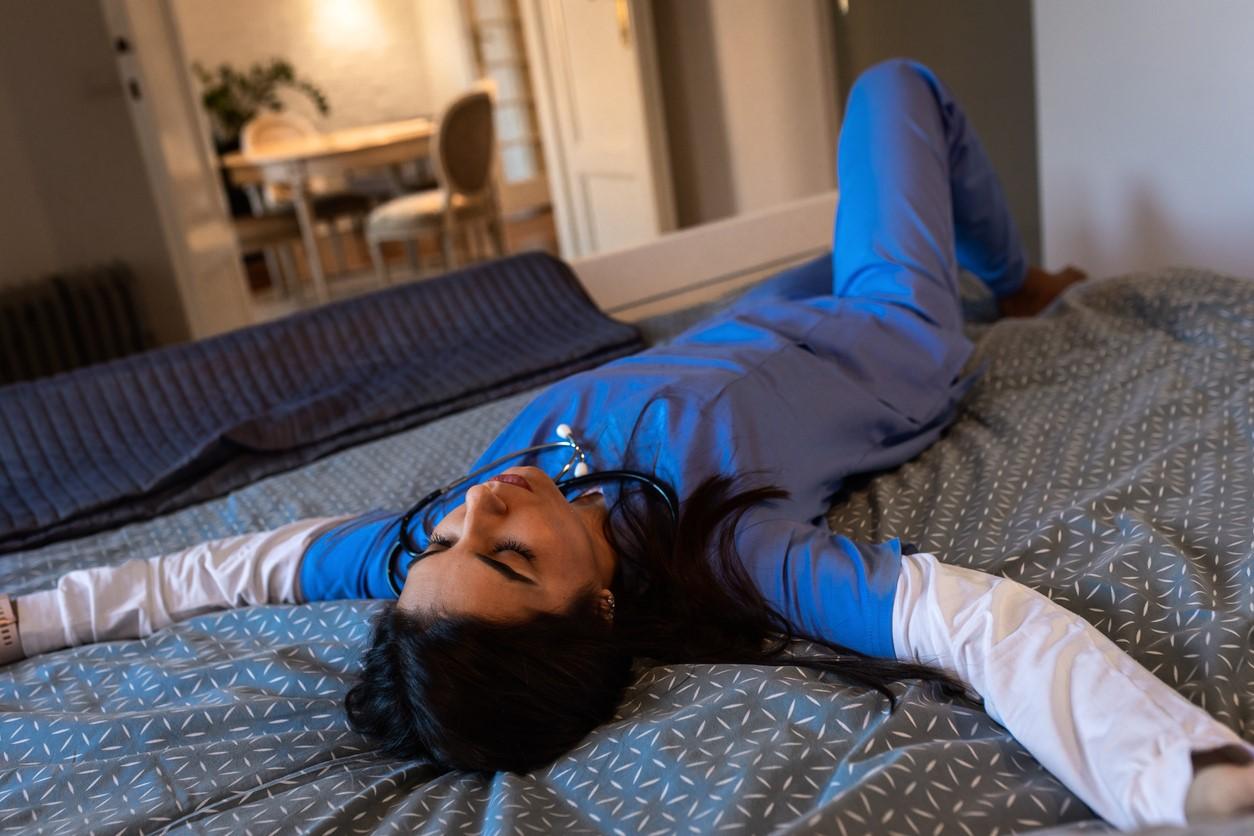A UK survey of more than 200,000 working-age people who tested positive for SARS-CoV-2 finds that those in the top 10% of socioeconomic deprivation had a 46% higher risk of long COVID than the least deprived.
For the study, published yesterday in the Journal of the Royal Society of Medicine, a University of Leicester–led team analyzed data from the Office for National Statistics COVID-19 Infection Survey from 201,799 people aged 16 to 64 years from April 26, 2020, to January 31, 2022. Patients also submitted nose and throat swabs at regular intervals.
Women, certain professionals more vulnerable
One in 10 participants (9.6%) reported long-COVID symptoms at least 4 weeks after infection, and those in the top 10% of social deprivation were at a 46% higher risk for long COVID than the least deprived (11.4% vs 8.2%; adjusted odds ratio [aOR], 1.46), and the risk rose with increasing levels of deprivation. Disparities were even greater among participants in healthcare and patient-facing professions (aOR, 1.76), educators (aOR, 1.68), and women (aOR, 1.56).
The researchers said occupation is especially important, because COVID-19 exposure risk and the effect of the exposure on disease outcomes can vary by work setting.
The adjusted long-COVID rate among men ranged from 7.3% in the least deprived decile (10%) to 9.4% in the most deprived. In women, the rate ranged from 8.9% to 13.0%, respectively. The risk of long COVID among the least-deprived women was similar to that among the most-deprived men.
Stratified by profession, the absolute risk of long COVID was always higher in participants in the most-deprived than the least-deprived areas, but the adjusted prevalence varied substantially even within the same deprivation level. For instance, in the most-deprived decile, the prevalence of long COVID ranged from 10.0% among manufacturing and construction workers to 14.6% among educators. Variability within the least-deprived decile was smaller, ranging from 8.3% among hospitality workers to 9.5% among educators.
Stratified by profession, the absolute risk of long COVID was always higher in participants in the most-deprived than the least-deprived areas, but the adjusted prevalence varied substantially even within the same deprivation level.
Relative to the least-deprived participants, the most deprived were younger (average, 43.8 vs 46.3 years), less likely to be male (42.7% vs 45.1%) and White (90.7% vs 94.7%), and more likely to reside in an urban area (97.1% vs 82.8%), live alone (21.9% vs 8.5%) and have underlying illnesses (42.2% vs 23.1%).
Toward social justice, health equity
"Our findings are consistent with pre-pandemic research on other health conditions, suggesting that workers with lower socioeconomic status have poorer health outcomes and higher premature mortality than those with higher socioeconomic position but a similar occupation," the authors wrote.
The researchers called for implementation of a range of public health interventions after COVID-19 recovery and health policies incorporating dimensions of inequality such as sex, deprivation level, and occupation in long-COVID treatment.
"The inequalities shown in this study show that such an approach can provide more precise identification of risks and be relevant to other diseases and beyond the pandemic," the authors wrote. "These findings will help inform public health policies and interventions in incorporating a social justice and health inequality lens."





















